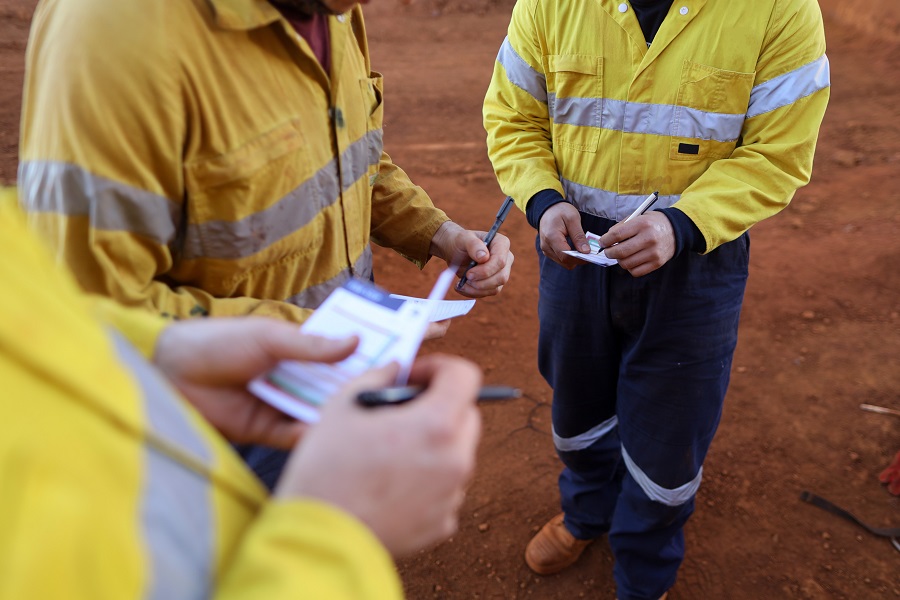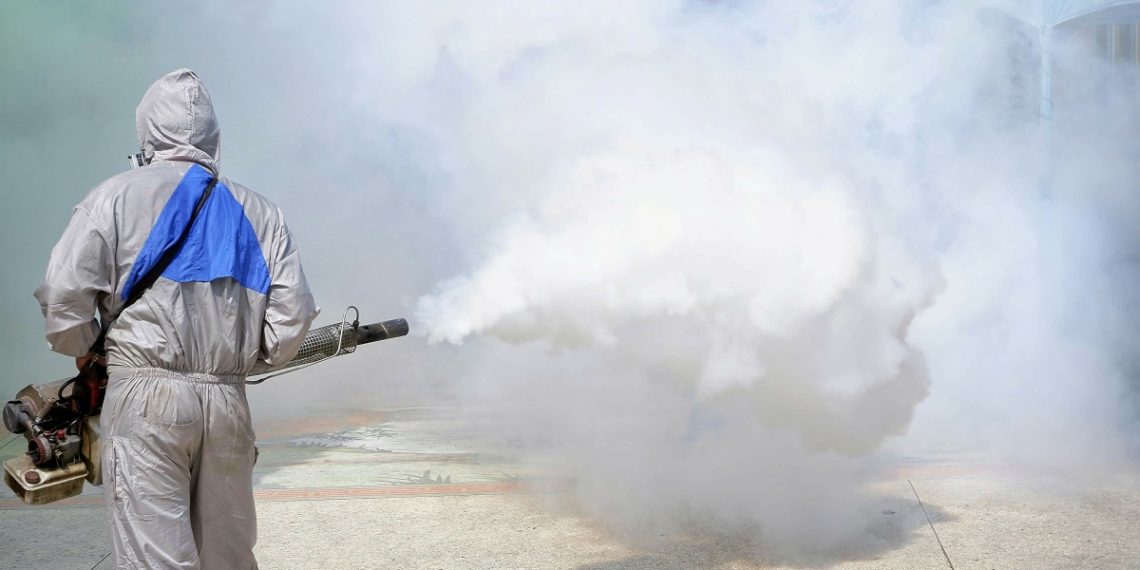Constructing a home or a building is a big pursuit. There’s a lot of preparation that has to be done before you even make it to the very first step of your construction. One of the most important steps to take is pre-construction pest control.
As its name implies, pre-construction pest control refers to the process of treating the construction site and materials as a means of pest control done by experts, like The Pestman. When this step is undertaken, the likelihood of pests causing damage to household articles is lessened. Termites are the top predators. They can easily travel through conduits of the building, masonry work, and brick walls right to the source of their food, causing damage to your building.
After pre-construction pest control sets the foundation for a pest-free environment, ongoing maintenance is essential to safeguard the integrity of your structure. Urban Pest Control specializes in providing efficient and reliable pest control services tailored to the unique needs of construction sites and residential properties alike. By employing innovative techniques and environmentally friendly solutions, they offer peace of mind, knowing that your property is shielded from the destructive impact of pests. With Urban Pest Control’s proven termite control solution, you not only safeguard your most valuable asset – your new construction – but also ensure its longevity and durability for years to come.
In this article, you’ll come across everything you need to know about pre-construction pest control and why you need it. Read on!
Pre-Construction Pest Control Involves Termite Monitoring & Baiting
One of the types of pests that are subject to pre-construction pest control are termites. These are pesky pests that can weaken your home’s foundation and affect its stability in the long run. This is the reason why a termite monitoring & baiting plan is of utmost importance.
Here are reasons why you need it:
- It enables you to be proactive or act quickly to stop any further infestation when a termite infestation is already spotted in the early stages of your construction.
- It ensures you’re able to treat your construction site without the termites outsmarting you by evading first before you’re actually able to solve the root of the problem.
- It allows you to identify pest entry points, like pipes, doors, and windows, so you can also make it a part of your construction plan to seal those areas.
Pre-Construction Pest Control Come In Different Types
There are different types of pre-construction pest control measures you can do. The choice depends on the kind of soil you may have and the pests that are common in your area. These include:
- Sentricon Baiting System. This is installed around your structure’s perimeter once all the landscaping is finished. With this kind of system, yearly monitoring is essential.
- Soil Treatment. This refers to the process of pre-treating the soil before the concrete slab is poured. This type is the most common one used for new construction projects.
- Termimesh. This refers to a green physical termite barrier, which is generally placed around the piping penetrations before the concrete slab is poured.
- Borate Treatment. This refers to the process of treating the structure’s wood studs. This is also referred to as green termite treatment.

Pre-Construction Pest Control Is A Matter Of Safety
Architects and engineers as contractors have the duty to build safe structures for their clients. Safety doesn’t just pertain to the structure’s strength per se, but, also, protection from pests that can harm and cause damage to the property. So, it’s an added plus if the contractor takes the extra initiative to actually submit the construction project to termite treatment.
There are generally three steps involved in this process:
- Inspection
- Site preparation
- Application.
During the inspection process, some of the telling signs there might be termites around the property include:
- There are flying swarmers around the property. These refer to the winged insects that emerge from the soil. Even if you won’t notice them in action, you’ll know they exist through cast-off wings that may be left on the soil or around areas where your doors and windows are.
- There’s an abundance of shelter tubes around your soil. These are tubes of dirt that are cemented together using the termites’ saliva and other liquids. These are commonly found in your foundation wall or slabs.
Pre-Construction Pest Control Important Points
To ensure your pre-construction pest control treatment turns out effectively, be mindful enough to remember these important points:
- If, after the termite treatment, there are still signs of termites in the property, be sure to report this fact ASAP. That way, proper action can be done right away before you progress any further in your construction phase.
- Do note that, in most instances, the pre-construction termite control is effective only against subterranean termites. It may not give protection for dry wood termites unless this additional treatment is also done when found necessary.
- Don’t store pesticides in unlabeled empty containers.
To ensure the effectiveness of your pre-construction pest control treatment, make it a point to give your treated area the prescribed dose or rate of the pesticide treatment for it to be effective.
Don’t allow any construction worker or member of the team to enter the areas in your construction site where the pest control treatment is currently ongoing.
Pre-Construction Pest Control Is Highly Encouraged And Needed
Pre-construction pest control isn’t required, but it’s an added plus for you to actually go through this process. It may be an add-on to your construction expense, but it’s worth it, most especially in the name of safety.
Termites are one of the top causative agents for property damage. Unfortunately, pest and termite damages aren’t covered in many property insurance policies. Adding to this fact is how termite damage can often go undetected in its early stages. It’s only when the damage has progressed significantly that its signs become visible.
Depending on the extent of the damage, repairs can be costly. In some instances, the damage may be way beyond what’s doable in an ordinary repair, wherein a major construction renovation will now be called for.
Pre-Construction Pest Control Treatment Scope
Before undergoing the termite treatment, one of the most important points to consider first is the soil’s moisture level. No pest control treatment should be done when the soil is still moist. In fact, a 24-hour rain-free period is necessary.
These are the scope or stages in a pre-construction pest control:
- Stage 1: Bottom and sides of the foundation trenches
- Stage 2: Backfill treatment
- Stage 3: Wall floor junction treatment
- Stage 4: Plinth filling treatment
- Stage 5: External perimeter treatment
Conclusion
Pre-construction pest control is becoming the top solution in solving the problem of termites in buildings and residential properties. Because of its proven success, pre-construction pest control is now becoming more widely done. The best time to undergo pre-construction pest control is during the early stages of the construction as a proactive approach. That way, the soil beneath the building and surrounding the foundation are treated, early on.
If you’ve been on the fence about whether or not you should have one done, all the information you’ve just brushed elbows with above should be convincing enough to make you believe that pre-construction pest control treatment is worth the effort.


